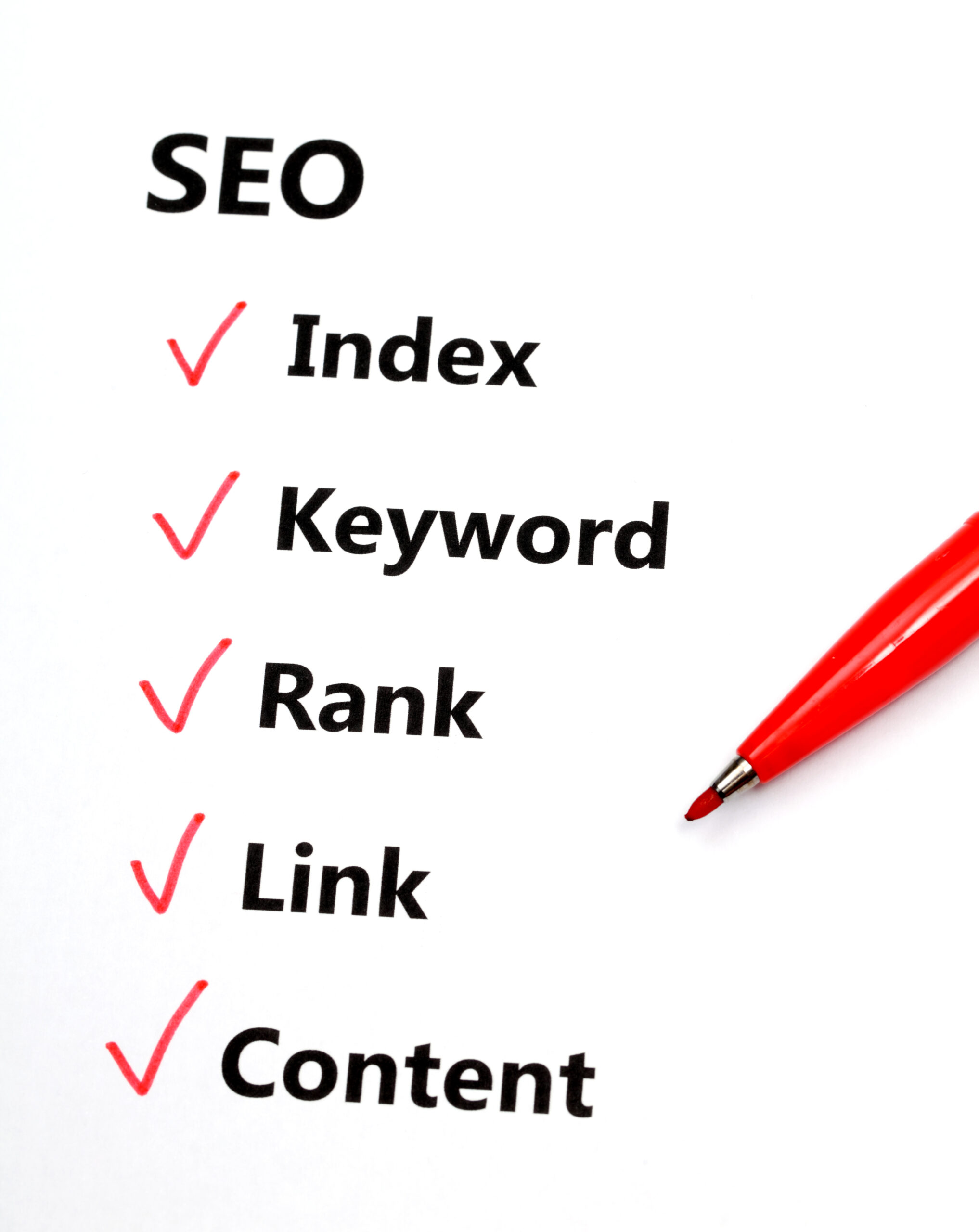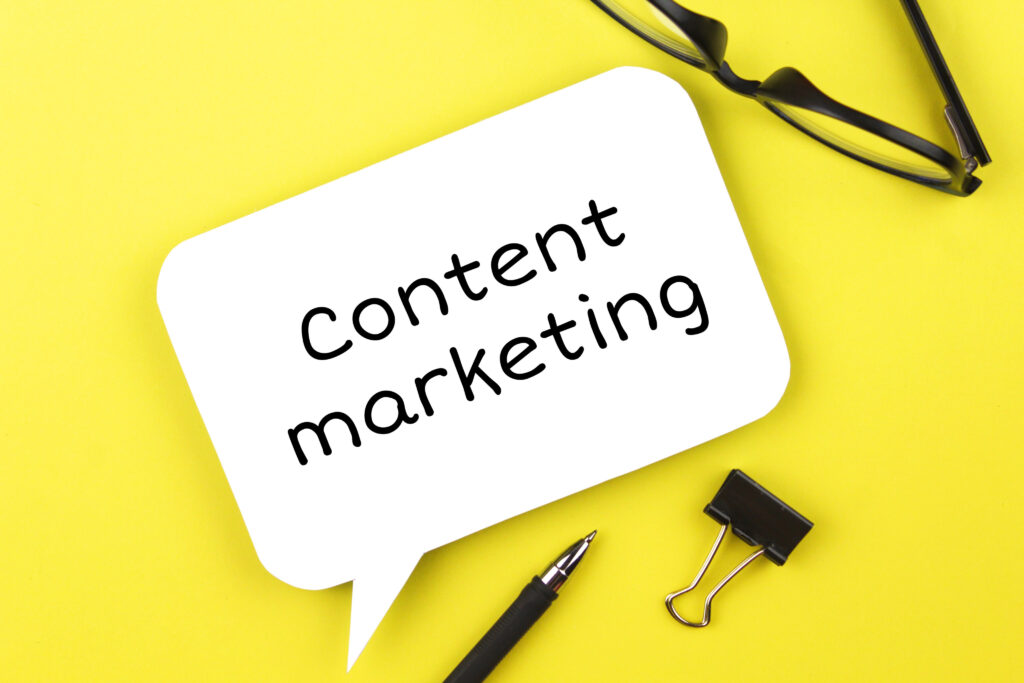
We create strategic content that responds to what your audience is truly looking for. Posting just for the sake of posting no longer works — today, you need to understand what the user wants at each stage of their journey and provide the best possible answer, from the initial research to the purchase decision. When you apply strategic content aligned with search intent, your brand gains visibility, authority, and conversions.
Search engines reward strategic content that understands the user's intent and satisfies it precisely. A text can attract visits, but if it doesn’t deliver what the user expected, conversions drop sharply. To explore the fundamentals, check the Spanish Wikipedia page on user intent: User Intent. A strategic content plan turns that theory into concrete actions — research, plan, produce, link, and measure.

The user wants to learn. Here, strategic content provides clear definitions, examples, and practical steps. Prioritize guides, tutorials, and explanatory articles that respond with precision.
The user seeks to reach a specific brand or resource. strategic content facilitates that path with well-titled pages, visible links, and a logical structure.
The user compares options or is ready to take action. Your strategic content should include benefits, differentiators, prices, testimonials, and strong CTAs.
Better positioning by responding to high-value searches.
Greater engagement thanks to perceived relevance.
Increase in conversions by guiding the user toward action.
Efficient use of budget: you create strategic content that drives objectives, not filler.
Classify keywords as informational, navigational, and transactional. Evaluate difficulty, actual SERP, and business potential. This foundation guides all your strategic content.
Design a map that covers awareness, consideration, and decision. Assign each keyword the optimal format (guide, comparison, landing page). The editorial map is the backbone of your strategic content.
If the SERP is full of comprehensive guides, don’t publish a micro-post. If comparisons dominate, create a better comparison. Your strategic content should match the intent and the format that Google already recognizes.
Include the focus keyword strategic content in the H1, first paragraph, and key subheadings. Use synonyms and related terms to expand semantic coverage. Align title, meta, and H2 with the intent. Add CTAs consistent with the stage.
Connect informational content to commercial pieces, and from there to transactional pages. strategic content with logical interlinking reduces pogo-sticking and improves conversion. Link, for example, to your services at /seo-services and your contact page at /contact..
Include the author with credentials, update date, cited sources, and use cases. strategic content with tangible proof (data, screenshots, testimonials) conveys authority and experience.
Analyze real queries in Search Console, CTR by page/term, and reading behavior. Adjust your strategic content based on those signals: improve headlines, introduction, section order, and links.
Performance isn’t static. Review your strategic contentquarterly: add useful sections, answer new questions, and update screenshots or examples. Freshness is a key factor.
FAQs help capture long-tail queries and address objections, enhancing the quality of your strategic content. Use real questions found in the SERP’s “People also ask” section.
We define opportunities based on intent and business goals. We analyze the SERP to understand which formats already work. The result is a roadmap for your strategic content.
We build thematic clusters (pillar page + supporting articles) and internal paths that lead to the business goal. This organizes indexing and strengthens your strategic content.
We write with clarity and structure: informative H2/H3 headings, short paragraphs, actionable lists, comparison tables, and visible CTAs. Everything is focused on strategic content that informs and persuades.
We measure organic traffic, queries, CTR, scroll depth, and conversions. With that data, we iterate the strategic content to maintain rankings and increase results.
What is marketing automation’: definition, benefits, steps, and checklist. Soft CTA to a downloadable resource. This strategic content captures latent demand.
Marketing automation vs. email marketing’: comparison with pros/cons and use cases. CTA to a demo or consultation. Strategic content para la fase de evaluación.
'Marketing automation plans and pricing’: value proposition, features, social proof, guarantees, and key questions. The strategic content drives conversion.
H1 with keyword, intro summarizing intent, definition, benefits, steps, common mistakes, FAQ, and conclusion with next step. This template systematizes your strategic content.
Executive summary, comparison table, use cases, who each option is best for, testimonials, and CTA. Ideal for strategic content in the consideration stage.
Value proposition in the first screen, benefits, plans, social proof, guarantees, objection FAQs, and persistent CTA. The decisive strategic content .
Main keyword ‘strategic content’ and secondary ones classified by intent.
Title and metas aligned with intent, including a number + power word.
Clear and coherent H2/H3 structure.
Interlinking to /seo-services and /contact..
CTAs by stage of the journey.
E-E-A-T evidence (author, cases, sources).
Quarterly update of strategic content.
Informational: impressions, CTR, reading time, scroll depth, and subscriptions
Commercial: clicks on comparisons, interaction with tables, and visits to landing pages
Transactional: conversions, leads, sales, and average order value
Technical: Core Web Vitals, load time, and bounce rate by intent
These metrics guide the evolution of your strategic content.
Writing 'for the brand' instead of for the real intent.
Choosing topics based on trends without business opportunity.
Ignoring the dominant SERP format for that intent.
Not offering a clear next step.
Neglecting internal links and thematic structure.
Not updating strategic content on time.
Richer answers and comparisons in informational SERPs
Greater weight on experience signals (E-E-A-T).
Featured snippets with clear, well-structured answers.
Multimodal content (text, tables, video) based on intent.
Frequent updates to maintain competitive rankings.
These trends should be reflected in your strategic content.
Informational blog to capture demand, comparisons for evaluation, and product pages with demos for conversion. strategic content that drives business.
Informative buying guides, category comparisons, and product pages with reviews and clear CTAs. Strategic content that boosts sales.
Informational articles addressing common questions, city-specific landing pages, and service pages with local proof. Strategic content for geo-intent.
Informational pages focused on career outcomes, program comparisons, and landing pages with curriculum and testimonials. Strategic content that guides decisions.
It depends on competition and authority. With a strategic content plan based on intent, improvements are usually seen within 8–12 weeks.
Not necessarily. The ideal length is determined by the intent and the SERP. For complex informational topics, long-form works best; for transactional ones, clarity in strategic content.
Cross intent + opportunity + business potential. Start with commercial pieces that impact conversions and support them with informational strategic content .
Yes. Reframe the focus, improve headings and metas, add sections that better address the intent, and strengthen interlinking. This way, your strategic content stays relevant.
Review queries in Search Console, dwell time, and click behavior. If users return to the search engine, your strategic content lacks precision or the right format strategic content.
Adopting strategic content based on search intent allows you to position yourself where it matters, speak to the user in their language, and offer the right next step. With clear maps, proper formats, evidence, and continuous measurement, you’ll turn visits into results. If you want to scale this approach and build an editorial plan that combines informational demand with business goals.
Schedule a call and discover how to transform your content strategy.